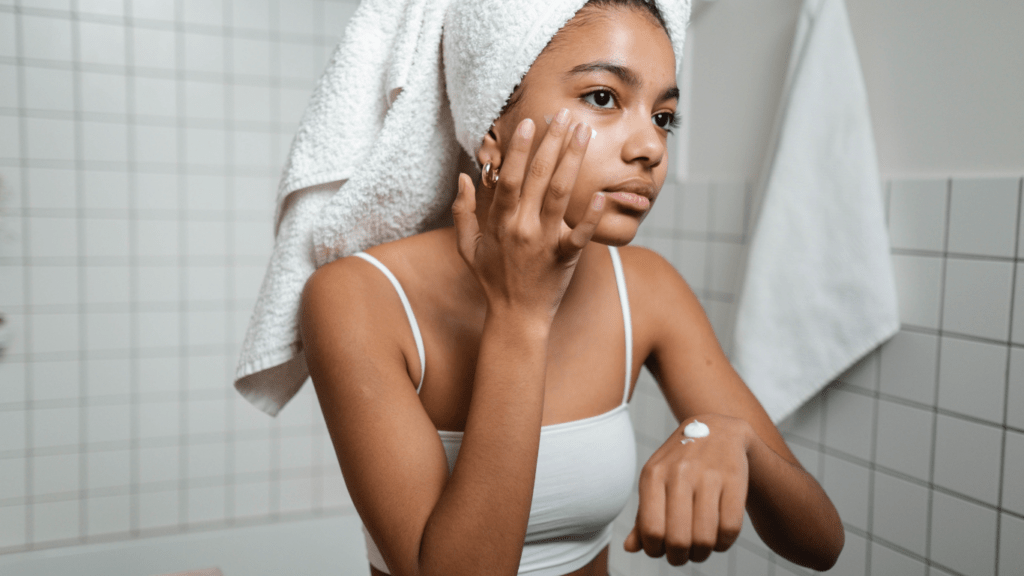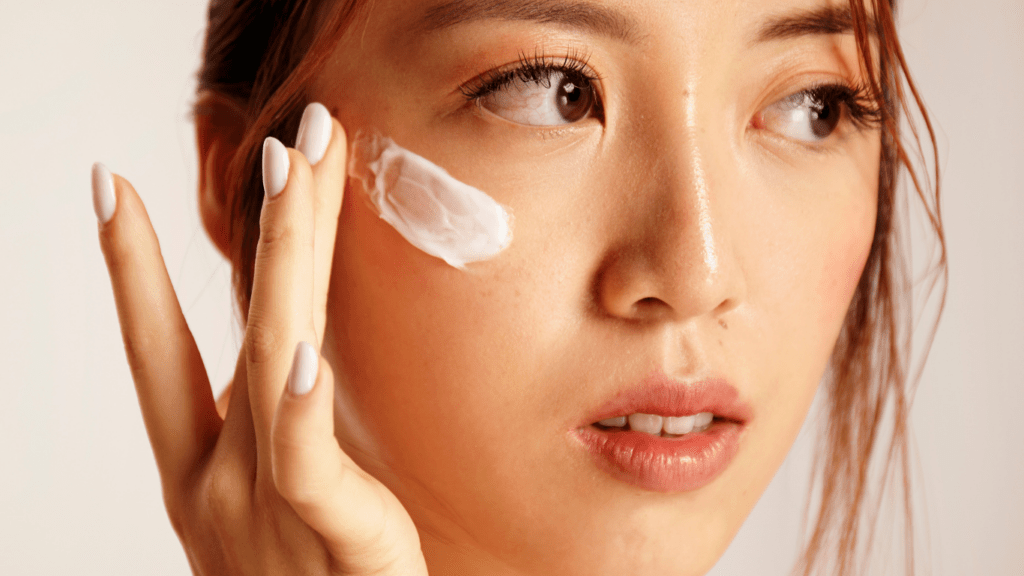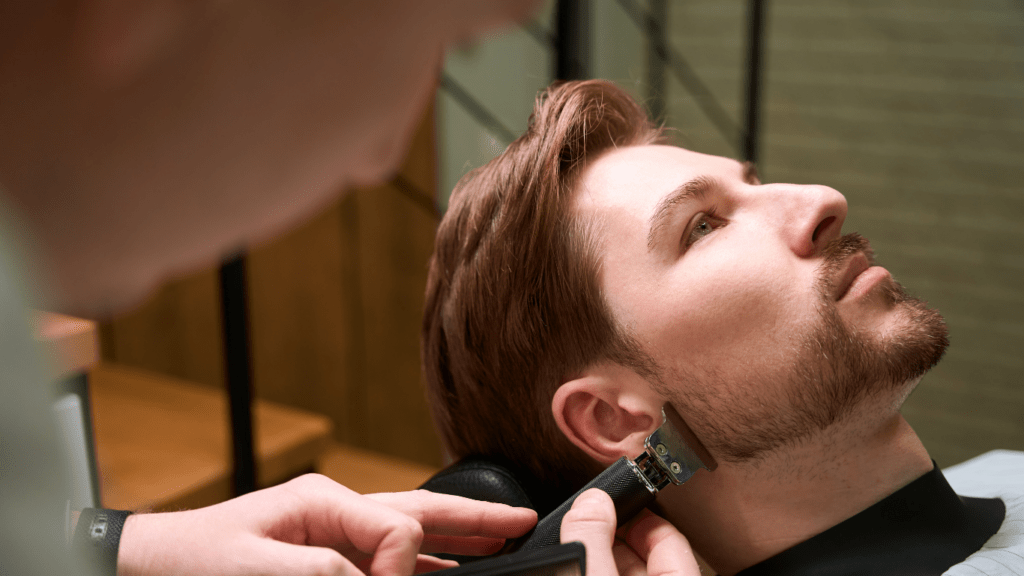The Rise of K-Beauty and J-Beauty
K-Beauty and J-Beauty have gained massive traction in the global skincare markets over the past decade. South Korea and Japan’s innovative approaches, coupled with their dedication to skincare, have set new standards globally. According to the Korea Trade-Investment Promotion Agency (KOTRA), K-Beauty exports reached $7.4 billion in 2020, marking a significant impact on the beauty industry.
Technological Innovations
Both K-Beauty and J-Beauty leverage cutting-edge technology to create effective and unique products. Korean brands often integrate advanced formulations such as snail mucin extract and fermented ingredients. Japanese brands emphasize high-tech innovations, like Shiseido’s ReNeura Technology™, which enhances skin’s responsiveness to skincare treatments.
Influential Ingredients
Traditional ingredients play a crucial role in these skincare movements. Korean products frequently include ginseng, green tea, and propolis, known for their anti-aging and soothing properties. Japanese skincare often features rice bran, sake, and camellia oil, which provide deep hydration and promote a smooth complexion.
Multi-Step Regimens
A distinctive feature of K-Beauty and J-Beauty is their multi-step routines. The famed Korean 10-step regimen includes double cleansing, exfoliating, toners, essences, serums, sheet masks, eye creams, moisturizers, and sunscreens. Japanese routines are more streamlined but equally comprehensive, often incorporating double cleansing, lotions, emulsions, and UV protection.
Celebrity and Influencer Endorsements
Celebrities and influencers have significantly boosted the popularity of K-Beauty and J-Beauty. High-profile endorsements from stars like BTS and Japanese icon Rola have brought these skincare practices into the global spotlight, prompting millions of followers to adopt similar routines.
Cultural Appeal
The cultural appeal of East Asian beauty standards also contributes to the dominance of K-Beauty and J-Beauty. These standards emphasize natural, dewy skin and a youthful appearance, which resonates with consumers worldwide. The holistic nature of these routines, focusing on health and well-being, enhances their attractiveness.
Accessibility and Affordability
The accessibility and affordability of K-Beauty and J-Beauty products have also played a critical role. Many brands offer high-quality products at reasonable prices. Retail giants like Sephora and online marketplaces like Amazon have made these products easily accessible to global consumers.
Conclusion of the Rise
This meteoric rise in popularity showcases the global beauty industry’s shift towards more rigorous, culturally enriched skincare routines. The blend of traditional ingredients with scientific advancements continues to keep K-Beauty and J-Beauty at the forefront of skincare innovation.
Core Philosophies of K-Beauty
K-Beauty emphasizes a holistic approach to skincare, focusing on prevention, hydration, and a comprehensive multi-step routine. These core philosophies set it apart from other skincare practices.
Multi-Step Skincare Routines
K-Beauty’s multi-step skincare routines are designed to address various skin concerns while promoting overall skin health. Typically, these routines include cleansing, exfoliating, toning, and moisturizing. The 10-step regimen is a hallmark of K-Beauty, incorporating steps like double cleansing, applying essence, and using sheet masks. Each step builds on the previous one to enhance the effectiveness of the products used. For instance, starting with an oil cleanser removes makeup and impurities, allowing subsequent products to penetrate better.
Innovative Ingredients
K-Beauty products are known for using innovative ingredients that offer specific benefits. These include traditional ingredients like ginseng, which boosts circulation and collagen production, and newer additions like snail mucin, known for its hydrating and healing properties. Other popular ingredients are centella asiatica for its soothing effects, and propolis for its antibacterial properties. These components are often combined with cutting-edge formulations to create effective skincare solutions.
Core Philosophies of J-Beauty
J-Beauty, or Japanese beauty, is revered for its commitment to simplicity and tradition. This approach prioritizes minimalism and natural ingredients, creating an effective yet gentle regimen.
Minimalist Approach
J-Beauty’s skincare philosophy embraces minimalism. Focusing on a few high-quality products rather than a complex routine, the aim is to achieve balance and harmony in skincare. Key practices like:
- double cleansing
- lotion moisturizing
concentrate on maintaining the skin’s natural barrier without overwhelming it. Examples include the use of lightweight hydrating lotions, known as “essences,” along with gentle cleansers that leave the skin clean yet nourished. This approach reduces the risk of irritation and ensures long-term skin health.
Traditional Ingredients
Traditional ingredients play a vital role in J-Beauty. Japanese skincare utilizes nature’s gifts, with rice bran, green tea, and camellia oil being paramount. Rice bran, for instance, is rich in antioxidants and vitamins, promoting smooth and radiant skin. Green tea, celebrated for its anti-inflammatory properties, helps to soothe and protect the skin from damage. Camellia oil, known for its hydrating and anti-aging benefits, is easily absorbed, leaving the skin soft and supple. These ingredients are often integrated into formulations that respect and enhance the skin’s natural functions.
Key Differences Between K-Beauty and J-Beauty
K-Beauty and J-Beauty, though similar in embracing traditional ingredients and modern technology, exhibit fundamental differences in their approach to skincare.
Product Formulations
K-Beauty products often feature innovative ingredients like snail mucin, centella asiatica, and propolis. These formulations aim to address various skin concerns, including hydration, brightening, and anti-aging. K-Beauty excels in multi-step routines with lightweight layers to ensure product absorption. In contrast, J-Beauty formulations prioritize simplicity, using fewer but high-quality ingredients. Japanese skincare products emphasize traditional components like rice bran, green tea, and camellia oil, focusing on maintaining the skin’s health and natural balance.
Skincare Goals

K-Beauty aims for flawless, glass-like skin, emphasizing hydration and luminosity. The multi-step regimen, including steps like essence, serum, and ampoule, ensures a comprehensive approach. J-Beauty, however, pursues healthy, radiant skin with a minimalist routine. It focuses on skin barrier maintenance using double cleansing and lotion moisturizing. Both philosophies value preventive care but differ in their complexity and ingredient choices.
Impact on Global Markets
K-Beauty and J-Beauty have reshaped the global skincare industry. Their influence extends across continents, creating new standards and consumer expectations.
Popularity in Western Countries
Both K-Beauty and J-Beauty have gained significant traction in Western countries. In the United States, K-Beauty’s market size reached an estimated $13.1 billion in 2021. Consumers are drawn to the efficacy of these products. For instance, Korean sheet masks and Japanese cleansing oils have become household names. These products offer affordable, result-driven options that appeal to a broad audience. Beauty retailers like Sephora and Ulta now dedicate extensive sections to Korean and Japanese skincare brands, reflecting high consumer demand. Additionally, online platforms like Amazon feature a wide array of these products, making them easily accessible.
Influence on Beauty Trends
K-Beauty and J-Beauty have set new benchmarks in beauty trends. The 10-step Korean beauty routine has popularized concepts like double cleansing and layering multiple serums. Celebrities and beauty influencers frequently highlight these routines on social media, further driving their popularity. Japanese brands emphasize simplicity, promoting minimalistic routines that focus on hydration and skin health. Influential ingredients like hyaluronic acid from K-Beauty and rice bran from J-Beauty have become staples in many skincare routines worldwide. High-tech gadgets, originally popularized by Japanese skincare, are now a common sight in beauty regimens. Brands across the globe now integrate these East Asian practices, proving their enduring influence.
Top Brands and Products
K-Beauty and J-Beauty have introduced numerous renowned brands and products that have captivated skincare enthusiasts worldwide.
Leading K-Beauty Brands
Several K-Beauty brands have become household names, known for their innovative ingredients and extensive skincare routines.
- Innisfree: Known for using natural ingredients like green tea, volcanic ash, and orchid extract, Innisfree offers eco-friendly packaging and products that cater to various skin types.
- Laneige: Famous for its Water Sleeping Mask, Laneige focuses on hydration and uses water science to develop products that maintain and improve skin moisture levels.
- COSRX: Esteemed for its minimalist yet effective formulations, COSRX often features ingredients like snail mucin, propolis, and centella asiatica to target specific skin concerns like acne and sensitivity.
- Etude House: Popular among younger consumers, Etude House offers playful and affordable skincare products, including their well-known Moistfull Collagen line.
- Sulwhasoo: A luxury brand that combines traditional Korean herbal medicine with advanced skincare technology, Sulwhasoo is recognized for its ginseng-based products that provide anti-aging benefits.
Leading J-Beauty Brands
J-Beauty brands are celebrated for their high-quality ingredients and minimalist approach to skincare.
- Shiseido: One of Japan’s oldest and most respected beauty brands, Shiseido offers a wide range of skincare products that balance tradition with cutting-edge technology. Their Ultimune Power Infusing Concentrate is a best-seller globally.
- SK-II: Famous for its signature ingredient, Pitera, SK-II’s Facial Treatment Essence has garnered a cult following for its transformative effects on skin texture and clarity.
- Hada Labo: Known for its simple, hydrating formulas, Hada Labo focuses on high-quality hyaluronic acid products that deeply moisturize without burdening the skin. Their Gokujyun Lotion is especially popular.
- DHC: Combining traditional ingredients like olive oil with modern formulations, DHC is famed for its Deep Cleansing Oil, which effectively removes makeup while nourishing the skin.
- Tatcha: Although founded in the U.S., Tatcha draws from Japanese beauty rituals and ingredients. Their Luminous Dewy Skin Mist and The Water Cream are globally acclaimed for delivering a radiant complexion.
These brands exemplify the distinct yet influential nature of K-Beauty and J-Beauty, each bringing unique philosophies and products to the global skincare market.




